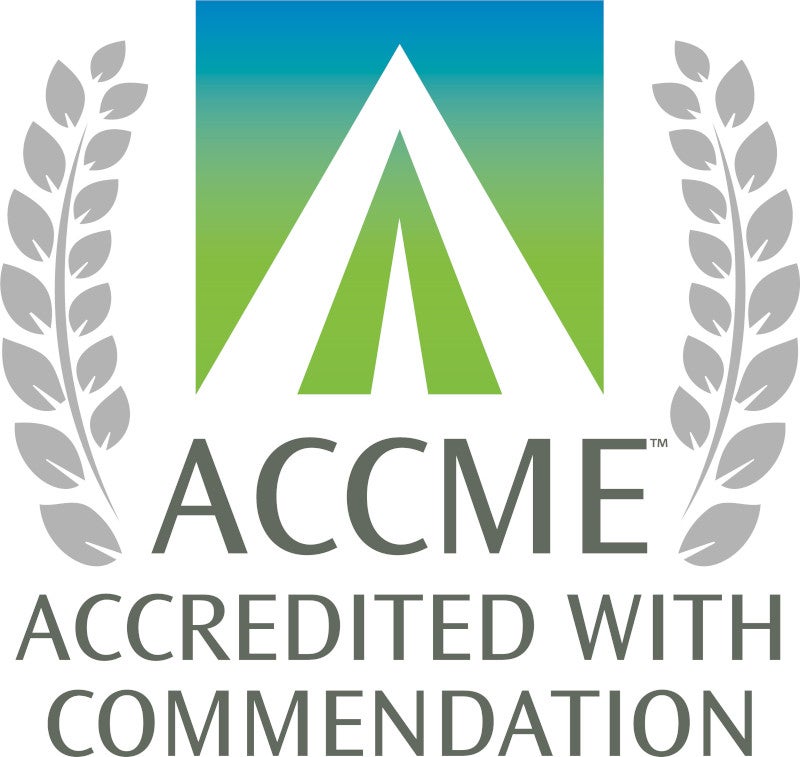Learning Center
Introduction to Functional Medicine
Online CourseFree Learning
- Only the CME/CE option is eligible for commensurate CME/CE or CPD credits. More Info
- This course is approximately 1.5 hours.
- Visit our Patient Resource Center
CME/CE Credit type
ACCME Accreditation Statement
The Institute for Functional Medicine is accredited by the Accreditation Council for Continuing Medical Education (ACCME) to provide continuing medical education for physicians.
AMA Accreditation Statement
The Institute for Functional Medicine designates this enduring material for a maximum of 1.5 AMA PRA Category 1 Credits™. Physicians should claim only the credit commensurate with the extent of their participation in the activity.
Description
José is a middle-aged community college professor whose presenting complaint is lower back pain. He is stressed, overweight, and—you discover—clinically depressed. How often do you see patients like José?
Patients have become more complex, and those with multiple chronic conditions are increasing.1-6 Such estimates rarely include obesity, however, which affects nearly 40% of American adults,7 and incorporating these rising obesity rates means most patients have comorbid diagnoses.
For many of these patients, lifestyle interventions can change their disease trajectory,8-9 yet lifestyle change remains a challenge for most clinicians and patients.10-14
This interactive course with two patient cases provides the tools to effectively connect with patients, educate them about lifestyle interactions, and apply core Functional Medicine principles and techniques to restore health.
Additional Information
Learning Objectives
- Collect and interpret a thorough clinical history using the Functional Medicine Timeline with Antecedents, Triggers, and Mediators.
- Differentiate between food allergy, food intolerance, and food sensitivity.
- Select tests for and interpret results to recognize food allergy, food intolerance, and food sensitivity.
- Recognize the many potential causes of depression.
- Apply a multifactorial analysis of depression symptoms to a specific case.
- Synthesize information using the Functional Medicine Matrix to identify root cause and appropriate interventions.
CME/CE Information
The CME/CE option is intended for clinicians who need to fulfill continuing education requirements. If you do not need CME/CE credits, you may purchase the non-CME option.
For information on applicability and acceptance of continuing education credit for this activity, please consult your professional licensing board or other credentialing organization regarding the acceptance of AMA PRA Category 1 CreditsTM from ACCME-accredited organizations.

IFM is accredited by the Accreditation Council for Continuing Medical Education (ACCME) to provide continuing medical education for physicians.
The Institute for Functional Medicine designates this activity for 1.5 AMA PRA Category 1 Credits™. Physicians should claim only the credit commensurate with the extent of their participation in the activity.
Release and Termination Date
Release Date: January 23, 2018
Last Reviewed Date: November 16, 2022
Termination Date: November 16, 2025
Delivery and Return Policy
- Your course will be delivered electronically to your online account directly upon purchase.
- You will have access to the course for 60 days from the date of purchase.
- The course video and audio are only available to stream and cannot be downloaded.
- You will have access to downloadable slides and other resources.
Return Policy
| Cancellation Request Received | Eligible Refund |
| *After purchase | No Refund |
| *Given the nature of digital items, refunds or credits on this purchase are not permitted. | |
Citations
- Ward BW, Schiller JS, Goodman RA. Multiple chronic conditions among US adults: a 2012 update. Prev Chronic Dis.2014;11:E62. doi:5888/pcd11.130389.
- Wong CY, Chaudhry SI, Desai MM, Krumholz HM. Trends in comorbidity, disability, and polypharmacy in heart failure. Am J Med. 2011;124(2):136-143. doi:1016/j.amjmed.2010.08.017.
- Zhang X, Decker FH, Luo H, et al. Trends in the prevalence and comorbidities of diabetes mellitus in nursing home residents in the United States: 1995–2004. J Am Geriatr Soc. 2010;58(4): 724-730. doi:1111/j.1532-5415.2010.02786.x.
- Gupta S. Burden of multiple chronic conditions in Delaware, 2011–2014. Prev Chronic Dis. 2016;13:E160. doi:5888/pcd13.160264.
- Fu S, Huang N, Chou YJ. Trends in the prevalence of multiple chronic conditions in Taiwan from 2000 to 2010: a population-based study. Prev Chronic Dis. 2014;11:E187. doi:5888/pcd11.140205.
- Ashman JJ, Beresovsky V. Multiple chronic conditions among US adults who visited physician offices: data from the National Ambulatory Medical Care Survey, 2009. Prev Chronic Dis. 2013;10:E64. doi:5888/pcd10.120308.
- Hales CM, Carroll MD, Fryar CD, Ogden CL. Prevalence of obesity among adults and youth: United States, 2015–2016. Centers for Disease Control and Prevention. https://www.cdc.gov/nchs/products/databriefs/db288.htm. Published October 2017. Accessed December 21, 2017.
- Kushner RF, Sorensen KW. Lifestyle medicine: the future of chronic disease management. Curr Opin Endocrinol Diabetes Obes. 2013;20(5):389-395. doi:1097/01.med.0000433056.76699.5d.
- Bauer UE, Briss PA, Goodman RA, Bowman BA. Prevention of chronic disease in the 21st century: elimination of the leading preventable causes of premature death and disability in the USA. Lancet. 2014;384(9937):45-52. doi:1016/S0140-6736(14)60648-6.
- Martin LR, Williams SL, Haskard KB, DiMatteo MR. The challenge of patient adherence. Ther Clin Risk Manag. 2005;1(3):189-199.
- Reinehr T. Lifestyle intervention in childhood obesity: changes and challenges. Nat Rev Endocrinol. 2013;9(10):607-614. doi:1038/nrendo.2013.149.
- Dalle Grave R, Calugi S, El Ghoch M. Lifestyle modification in the management of obesity: achievements and challenges. Eat Weight Disord. 2013;18(4):339-349. doi:1007/s40519-013-0049-4.
- Berra K. Challenges of changing lifestyle to reduce risk for cardiovascular disease. J Cardiovasc Nurs. 2010;25(3):223-227. doi:1097/JCN.0b013e3181cec7e4.
- Elwell L, Powell J, Wordsworth S, Cummins C. Challenges of implementing routine health behavior change support in a children’s hospital setting. Patient Educ Couns. 2014;96(1):113-119. doi: 1016/j.pec.2014.04.005.
